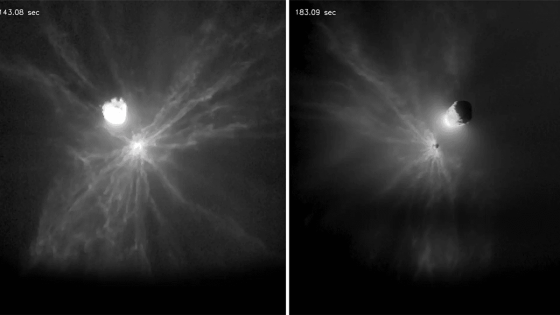A giant blob of abnormally hot rock beneath the Appalachian Mountains has intrigued geologists for years. Recent research suggests that this phenomenon, known as the Northern Appalachian Anomaly, formed when Greenland separated from North America around 80 million years ago. Published on July 30, 2025, in the journal Geology, this study challenges previous beliefs about its origin.
- Northern Appalachian Anomaly formed 80 million years ago.
- Previous theory linked anomaly to Africa's breakup.
- Hot blobs influence mountain formation and erosion.
- Mantle waves may require specific conditions.
- Greenland's blob affects ice sheet dynamics.
- Ancient geological events impact modern landscapes.
Lead author Thomas Gernon, a professor of Earth science at the University of Southampton, emphasized that this hot zone is not a remnant of North America’s breakup with Africa, as previously thought. Instead, it likely emerged during the rifting of Greenland and Canada, suggesting that such geological features can have lasting impacts on mountain formations and volcanic activity.
This discovery raises intriguing questions about the long-term effects of continental breakups. How do these ancient features influence current geological activity? The implications are significant, as they suggest that:
- Hot blobs can uplift mountain ranges over millions of years.
- Geological processes can continue to affect landscapes long after initial events.
- Understanding these anomalies can provide insights into volcanic activity and ice sheet dynamics.
As scientists continue to explore these geological mysteries, understanding the implications of ancient rifting could pave the way for advancements in Earth science and our comprehension of the planet’s evolution.
































